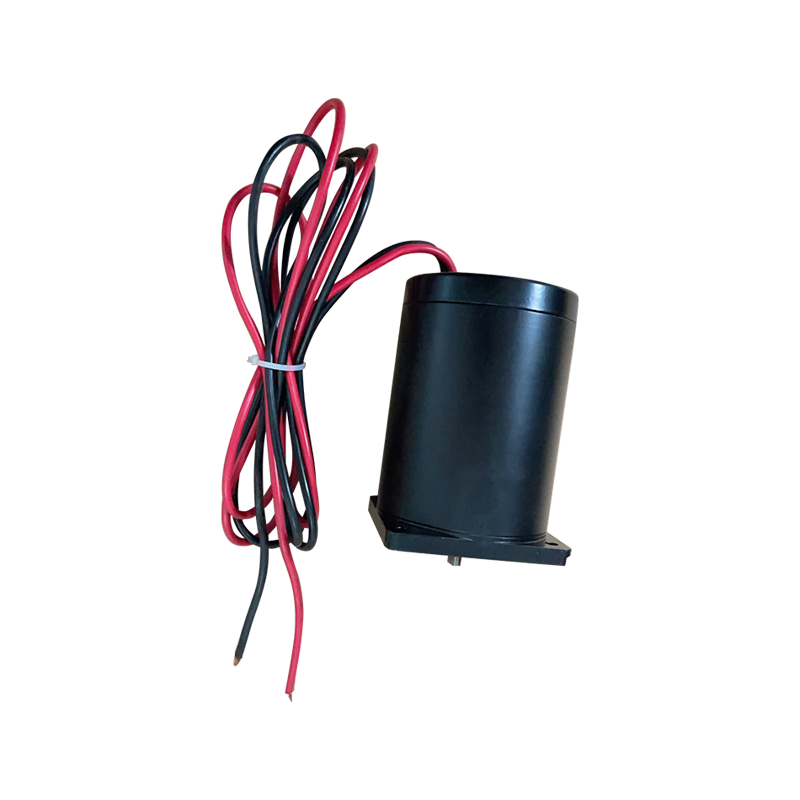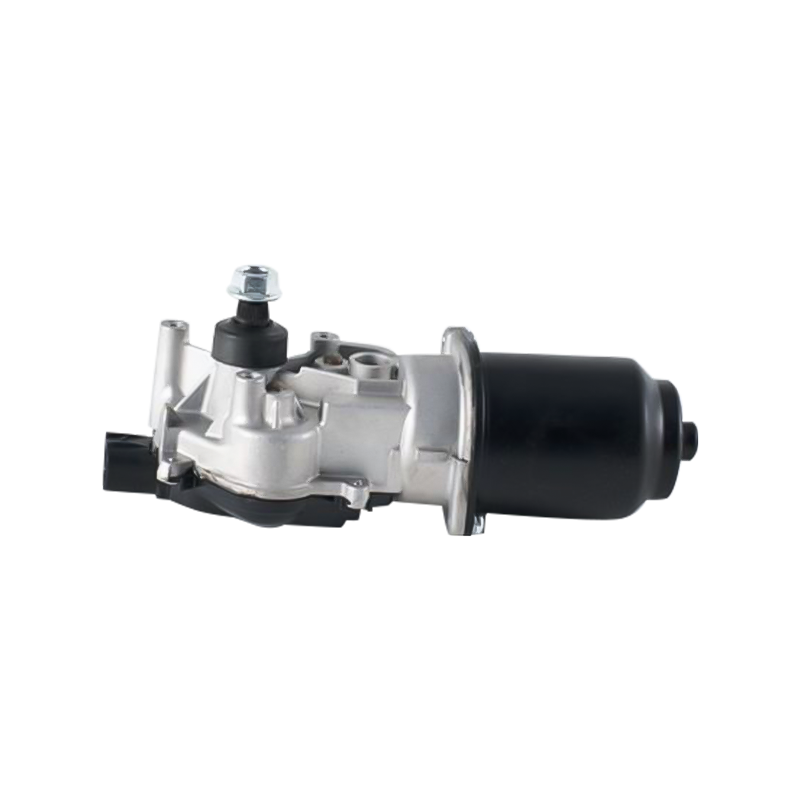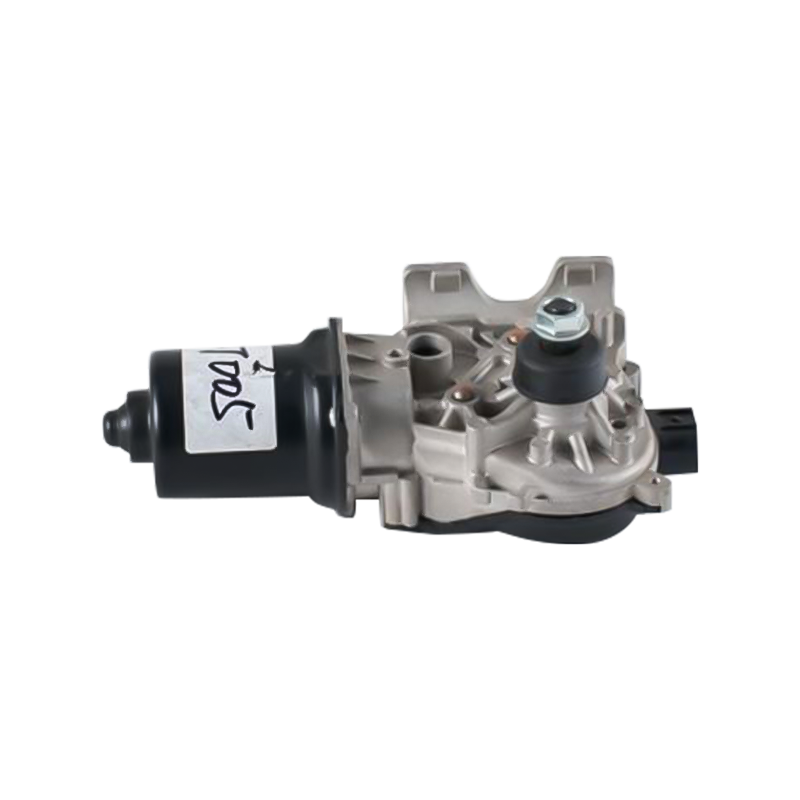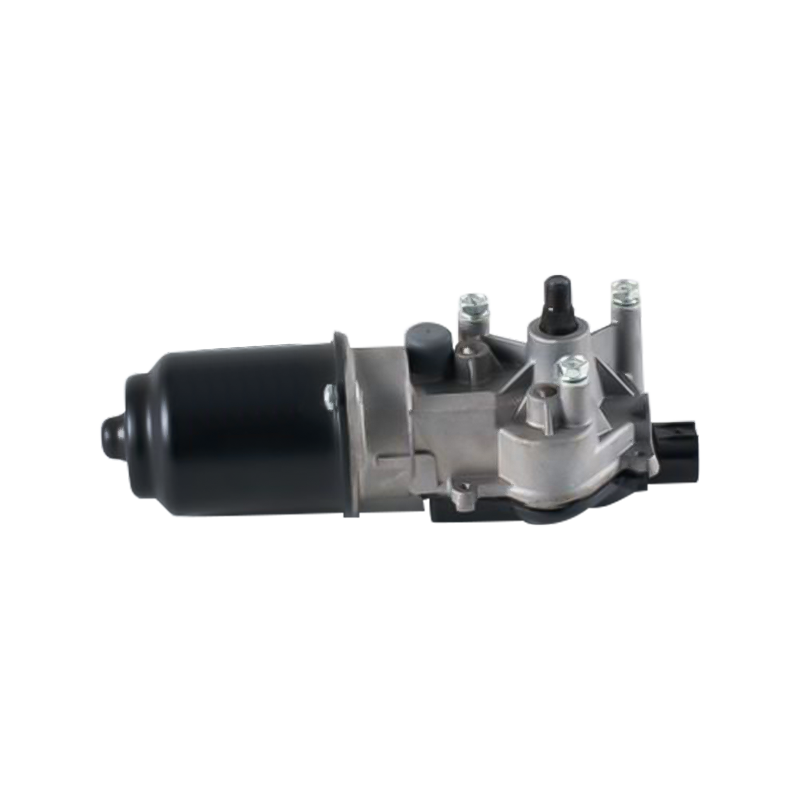Steam Pump Motors are critical components in many industrial and mechanical systems, responsible for driving pumps that handle steam, liquids, or gases under various conditions. One of the key performance parameters for these motors is their starting behavior, which includes starting torque and starting current. Understanding these characteristics is essential for ensuring reliable operation, preventing mechanical stress, and optimizing electrical system design. The starting performance directly affects the motor’s ability to overcome initial load inertia and begin smooth operation without causing electrical or mechanical issues.

Understanding Starting Torque
Starting torque refers to the rotational force generated by a motor when it begins to operate from a standstill. For a Steam Pump Motor, sufficient starting torque is necessary to overcome the static friction of pump components and the resistance of the working fluid. High starting torque ensures that the motor can reliably initiate pump operation even under full load conditions. Insufficient torque may cause stalling or slow acceleration, which can disrupt system performance and reduce operational efficiency. The design of the motor, including rotor type, winding configuration, and magnetic flux characteristics, plays a significant role in achieving the required torque at startup.
Starting Current and Electrical Implications
Starting current, often significantly higher than the rated running current, is another important consideration. When the motor starts, the rotor is stationary, and the back electromotive force (EMF) is zero, resulting in a large inrush current. For a Steam Pump Motor, this inrush current can be several times higher than its nominal current, potentially affecting the electrical supply and connected equipment. Properly accounting for starting current is critical to avoid circuit breaker trips, voltage drops, or excessive heating in electrical components. Manufacturers often specify starting current values to help engineers design compatible power systems and protective devices.
Methods to Improve Starting Performance
Several techniques are used to optimize starting torque and manage starting current. Soft starters or variable frequency drives (VFDs) are commonly employed to gradually ramp up voltage and current, reducing mechanical stress and preventing high inrush currents. Additionally, selecting a motor with a suitable rotor design, such as a wound rotor or a specially configured squirrel-cage rotor, can provide higher torque at startup without excessively high current. Proper sizing of the motor relative to the pump load is also crucial, ensuring that torque is sufficient to initiate movement without unnecessary electrical strain.
Industrial Considerations
In industrial applications, the interaction between the motor and pump load affects starting performance. Steam pumps often involve high-pressure fluids and complex piping networks, increasing resistance at startup. A motor with inadequate starting torque may fail to overcome this resistance, causing frequent restarts or mechanical wear. Conversely, a motor with excessive starting torque can produce unnecessary stress on the pump shaft and coupling. Engineers must carefully match the Steam Pump Motor to its intended load, considering torque curves, current limits, and system inertia.
Long-Term Reliability and Maintenance
Monitoring starting behavior is also important for maintenance and long-term reliability. Repeated high-current starts can cause overheating in motor windings and shorten insulation life. Observing the starting torque and current during routine inspections allows early detection of issues such as increased friction, pump blockages, or electrical degradation. Implementing appropriate control systems and preventive maintenance schedules ensures that the motor operates efficiently, safely, and reliably over its service life.
The starting torque and starting current performance of a Steam Pump Motor are fundamental to its operational reliability and efficiency. Adequate starting torque ensures the motor can overcome mechanical load and fluid resistance, while controlled starting current prevents electrical issues and system strain. By understanding these characteristics and employing proper motor selection, control devices, and maintenance practices, engineers can optimize motor performance, protect equipment, and ensure stable and efficient operation in industrial pump applications.

 English
English Türk
Türk 中文简体
中文简体






